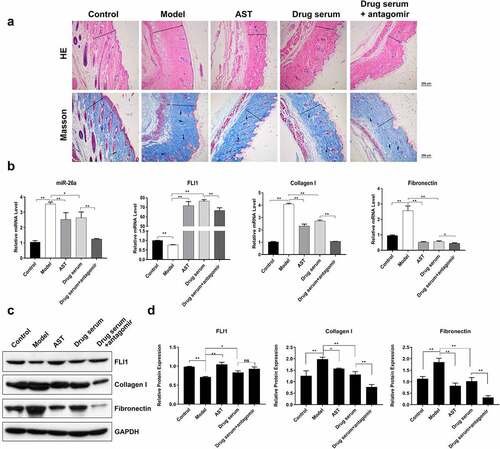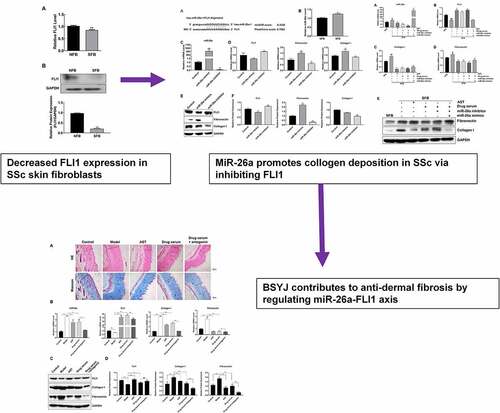Figures & data
Table 1. The characteristic of SSc patients and control cohorts
Table 2. Primers used in quantitative RT-PCR assay
Figure 1. Primary human skin fibroblast culture and characterization
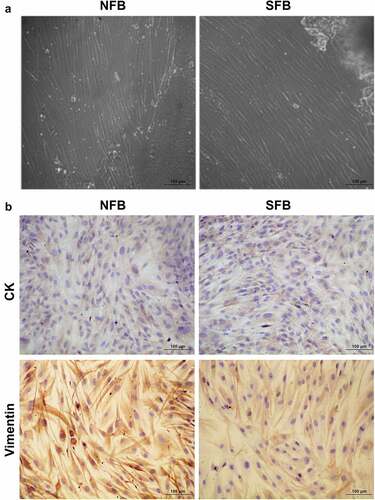
Figure 2. Downregulation of FLI1 expression in primary human skin fibroblast
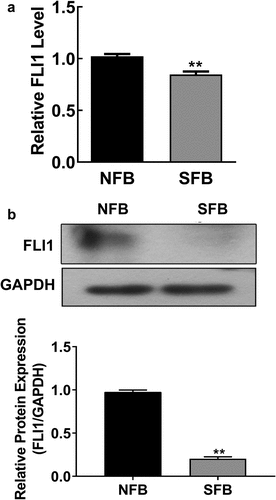
Figure 3. Suppression of FLI1 expression by miR-26a in SFBs
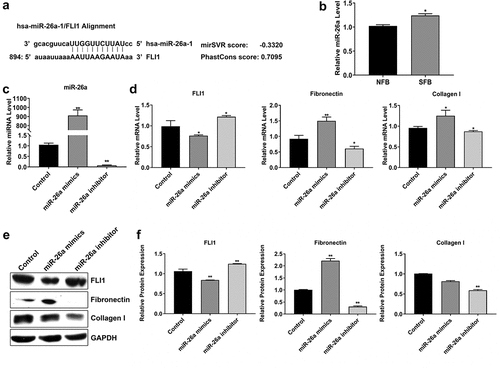
Figure 4. BSYJ suppresses SFB fibrosis via miR-26a-mediated FLI1 expression regulation
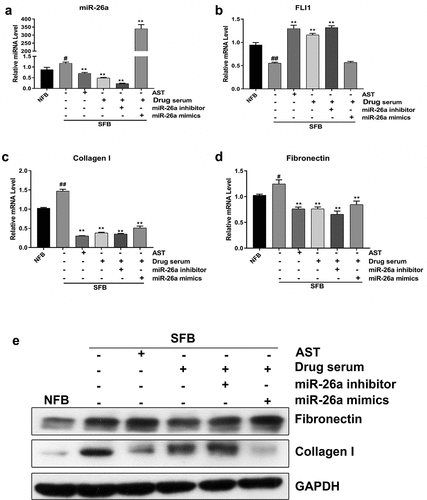
Figure 5. Enhanced anti-fibrosis effect of BSYJ by miR-26A suppression
